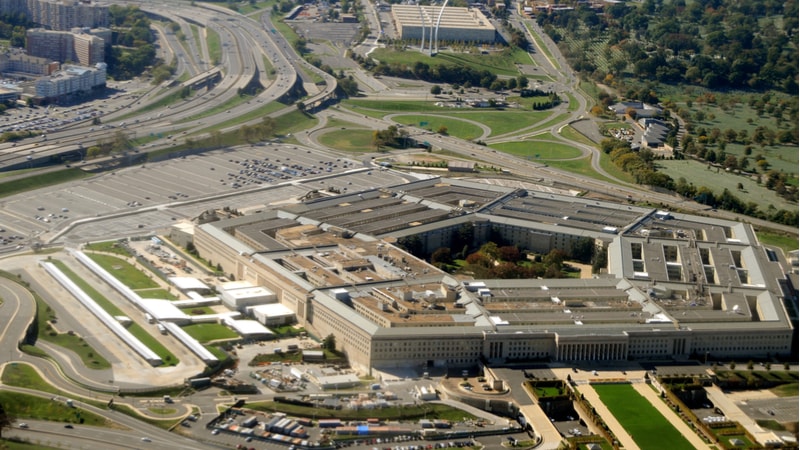
President Donald Trump’s new action plan on artificial intelligence (AI) calls on the Pentagon to rapidly adopt AI solutions across the Department of Defense (DoD) ecosystem — from warfighting to back-office operations.
“The United States must aggressively adopt AI within its Armed Forces if it is to maintain its global military preeminence while also ensuring … that its use of AI is secure and reliable,” the plan reads.
On July 23, the White House released its long-anticipated AI Action Plan, fulfilling a directive set forth by President Donald Trump in an executive order issued in January.
A major component of the plan calls for embedding AI across the entire defense ecosystem, and tasking DoD with transforming warfighting, logistics, and back-office operations through broad AI integration.
To support testing and validation of AI capabilities, the plan calls for the establishment of an AI & Autonomous Systems Virtual Proving Ground within DoD. This initiative will begin with an assessment of the technical, geographic, security, and resource requirements necessary to create a secure and scalable environment for developing and evaluating AI systems.
In parallel, DoD is also tasked with streamlining how it classifies, evaluates, and improves its operational workflows. The goal is to identify high-impact workflows suitable for AI automation and, once proven effective, rapidly transition these processes to AI-based systems for permanent use.
Recognizing the critical role of computing infrastructure in AI operations, the plan emphasizes the importance of securing priority access to cloud and compute resources.
Along those lines, the plan urges DoD to formalize agreements with cloud service providers and other private-sector partners to ensure that, in times of national emergency or conflict, defense agencies can maintain uninterrupted access to the computing power necessary for AI-driven operations.
To enable the AI-driven operational shift, the plan calls on DoD to build a skilled workforce to develop, deploy, and manage these technologies. Specifically, DoD is tasked with identifying the specific talent and skill sets required to meet these demands and to implement comprehensive talent development programs accordingly. The plan also calls for turning Senior Military Colleges into AI education hubs, building core skills in development, deployment, and infrastructure to train future military AI leaders.
Alongside adoption and workforce development, the plan stresses securing AI systems – calling for a DARPA-led program with Commerce’s Center for AI Standards and Innovation and the National Science Foundation to improve interpretability, control, and resilience to attacks. Globally, it outlines a strategy to shape AI norms and maintain U.S. dominance in AI hardware, software, and standards, with DoD leading efforts to align allies on export controls and block adversaries from infiltrating defense supply chains.
The action plan’s directives to the DoD reflect the department’s growing focus on AI development in the U.S. armed forces. For the first time, the DoD’s fiscal year 2026 budget includes a dedicated $13.4 billion line for autonomy and AI systems – covering unmanned aerial vehicles, autonomous ground and maritime systems, underwater capabilities, and supporting software.
Of this total, $200 million is earmarked specifically for AI and automation, with another $150 million to modernize legacy business systems. These investments support the plan’s goals to advance AI capabilities and improve DoD operations.
